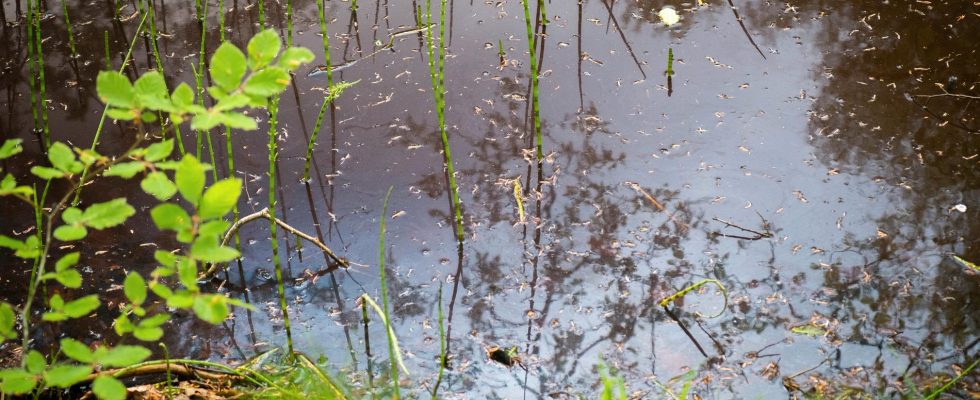unsaveSave
Stricter requirements for wastewater treatment are proposed by the EU as part of the European Commission’s “Green Deal”. Something that can be expensive for the polluter.
expand-left
full screen The EU introduces a stricter policy to clean water from PFAS so that the eternal chemical does not end up in waterways and contaminate animals and people. Photo: Agneta Elmegård
The introduction of the EU’s new water treatment directive works on the basis of the “polluter pays” principle and is the first of its kind in the EU. This will particularly affect the cosmetics and pharmaceutical industry, the EU states in a statement on the Commission’s website. According to the new directive, said industries will be required to pay at least 80 percent of the costs of removing micropollutants, such as microplastics and PFAS (per- and polyfluoroalkyl substances), from wastewater.
The directive aims to improve the protection of human health and the environment from harmful waste water discharges and will “lead to cleaner rivers, lakes, groundwater and seas in Europe”. It will also introduce systematic monitoring of microplastics at the inlet and outlet of sewage treatment plants, but also in sludge. Furthermore, monitoring of PFAS, also known as “forever chemicals”, will be intensified due to their resistance to degradation.
The new legislation is part of the EU’s Zero Pollution Action Plan to achieve an environment free of harmful pollutants by 2050. For the directive to enter into force, it must be formally adopted by the European Parliament and the Council and will then enter into force 20 days after its publication in the Official Journal of the European Union. The member countries must have implemented the requirements by 2026 at the latest.
Read more at European Commission website.
expand-left
full screen
